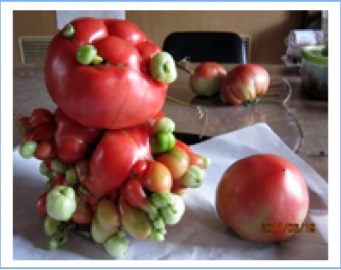
Debris from Japan's earthquake and tsunami is now littering the beach of Haida Gwaii, raising concerns about who is going to clean up the tonnes of garbage expected to wash ashore on the West Coast.
In recent months some of the first debris that drifted across the Pacific has been intriguing, including a container with a Harley Davidson motorcycle, some volleyballs that have been traced back to their owners, and even an unmanned fishing vessel that was sunk by the U.S. coast guard.
But now local residents like commercial fisherman Bruce Stuart-Burton say there is more and more junk arriving and it is making a mess.
"It is just beginning and if they leave it alone you won't even be able to see the logs on the beach. It will be so covered in plastic and foam and debris and general garbage from the tsunami, you wouldn't even be able to walk on the logs."
B.C. Parks has told people not to pick it up, but Stuart-Burton says he's already been salvaging some of the usable fishing gear.
"I filled the back of my truck up. I picked up 30 buoys that were of pretty decent quality, but there was like hundreds of buoys that are cracked, broken — things that I couldn't use."
No clean-up plan in place
Joan Merrick, the Chief Administrative Officer for the Skeena-Queen Charlotte Regional District, says the local government is trying to figure out how to clean up the mess and who'll pay for it.




"So I mean if we're talking large volumes of debris it could quickly fill the first, the current, phase of the landfill, and there's a cost to the public to do closure on that. There is a cost, we're not sure what that cost is going to be because we don't really have any idea of volumes and there's all sorts of unknowns."
Scientists at the University of Hawaii say a field of about 18 million tonnes of debris is slowly being carried by ocean currents toward North America. The field is estimated to be about 3,200 kilometres long and 1,600 kilometres wide.
The Kuroshio ocean current runs in an almost direct path from Japan's east coast over to North America, passing right by the islands of Haida Gwaii, about 750 kilometres northwest of Vancouver.
The March 11, 2011, tsunami was generated after a magnitude 9.0 earthquake struck off the coast of northern Japan.

The huge waves and swells of the tsunami moved inland and then retreated back into the Pacific Ocean, carrying with them the wreckage of buildings, cars and boats. Nearly 19,000 people were killed.
source: Tsunami garbage piling up on West Coast beaches - British Columbia - CBC News
